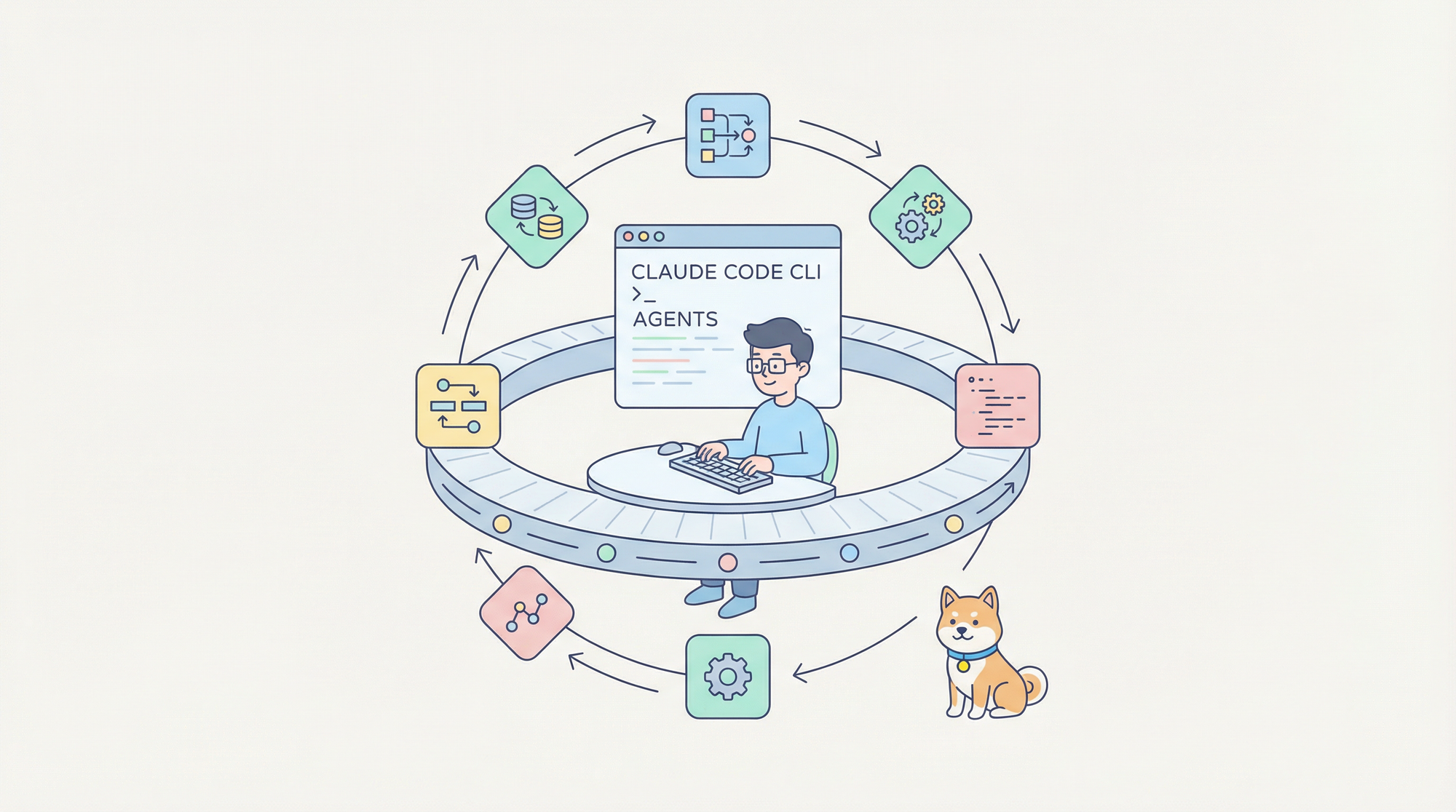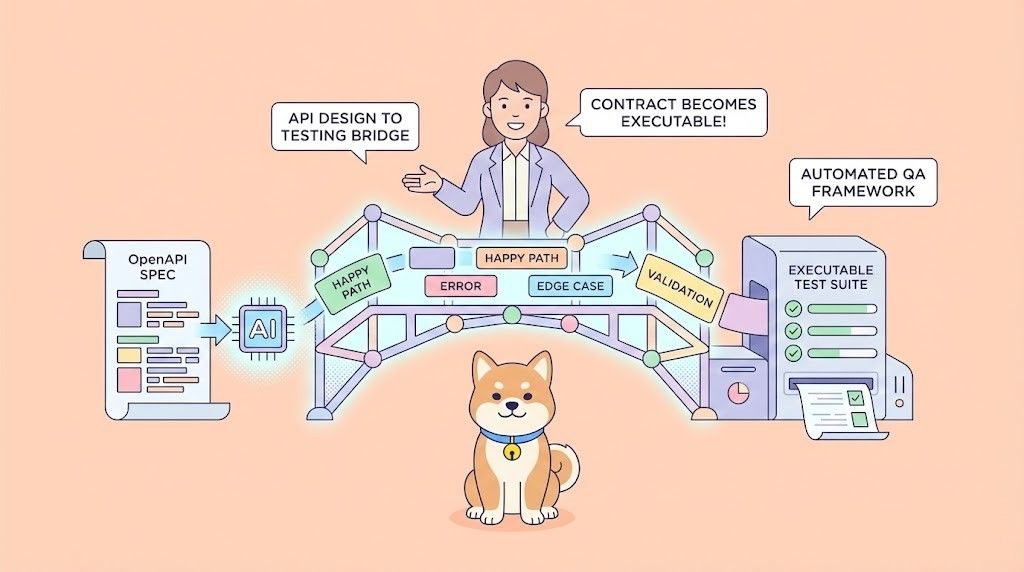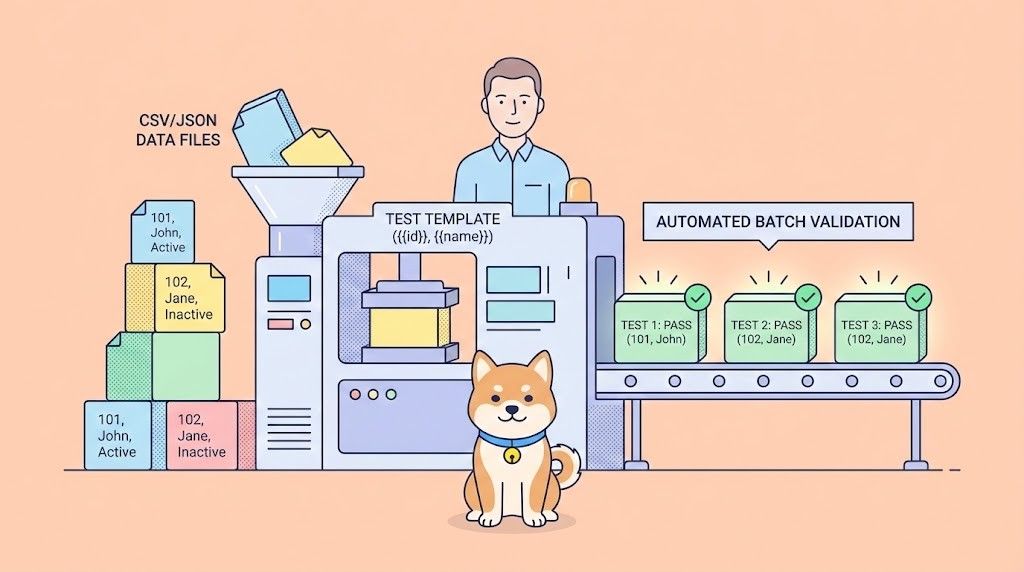In modern software development, both REST APIs and web services play crucial roles in enabling communication between different systems. While they share some similarities, they differ significantly in their architectures, communication methods, and use cases. This article delves into these differences to provide a comprehensive understanding of each.
Thankfully, there is a low-code API tool called Apidog that provides a simple and intuitive user interface for API development. You can design, test, document, and mock APIs within a single application!
To learn more about how you can use Apidog to developer and modify APIs, click the button below!

Architectures
Web Services Architecture
Web services are designed to facilitate interoperable machine-to-machine communication over a network. They primarily use two architectural styles: SOAP (Simple Object Access Protocol) and REST (Representational State Transfer).
- SOAP Web Services: SOAP is a protocol that uses XML for message formatting and relies on other application layer protocols like HTTP or SMTP for message negotiation and transmission. It is highly structured, with a strict set of rules defined by the Web Services Description Language (WSDL), which describes the service's capabilities and how to interact with it.
- RESTful Web Services: REST is an architectural style rather than a protocol. It uses standard HTTP methods such as GET, POST, PUT, and DELETE for operations, making it more flexible and lightweight than SOAP. RESTful services are stateless, meaning each request from a client must contain all the information needed for processing.
REST API Architecture
REST APIs adhere to the principles of REST architecture. They focus on resources identified by URIs (Uniform Resource Identifiers) and use HTTP methods to perform operations on these resources. The key principles include:
- Statelessness: Each client-server interaction is independent; the server does not store any session information about the client.
- Cacheability: Responses must define whether they can be cached to improve efficiency.
- Layered System: The architecture can be composed of hierarchical layers, enhancing scalability and manageability.
- Uniform Interface: This ensures that interactions are standardized across different platforms.
Communication Methods
Web Services Communication
Web services communicate using open standards such as HTML, XML, WSDL, and SOAP. SOAP-based web services are known for their robustness in security and transaction management due to their reliance on XML-based messaging and extensive standards. However, they can be complex to implement due to their strict protocols.
REST API Communication
REST APIs primarily use HTTP for communication, allowing them to handle requests in various formats like JSON, XML, HTML, or plain text. JSON is particularly favored by both humans and machines for its lightweight nature and ease of readability. REST APIs are designed to be simple and scalable, making them ideal for web applications and microservices architectures.
Use Cases
Web Services Use Cases
- Enterprise Applications: SOAP web services are often used in enterprise environments where security, ACID compliance (Atomicity, Consistency, Isolation, Durability), and transaction management are critical.
- Legacy Systems Integration: Due to their structured nature and support for complex operations, SOAP web services are suitable for integrating with legacy systems that require reliable messaging.
REST API Use Cases
- Web and Mobile Applications: REST APIs are widely used in web and mobile applications due to their simplicity and scalability. They allow developers to build applications that can communicate efficiently with servers without maintaining client state.
- Microservices Architecture: REST APIs facilitate communication between microservices within a distributed system. Their stateless nature helps in scaling individual components independently.
- Cloud Applications: REST's statelessness aligns well with cloud computing environments where resources need to be accessed efficiently across distributed networks.
Create and Customize APIs with Apidog
Apidog empowers developers to transform ideas into distinctive APIs. With one simple click, you can start crafting personalized APIs.


Begin by selecting "New API" (as depicted in the image), which will open a setup area where you can design how applications will interact with your API. This design phase involves several essential elements:
- Define interaction methods: Determine how applications will send requests (such as GET, POST, etc.) to trigger different functionalities within your API.
- Establish URL entry points: Create specific URLs that applications will use to connect and interact with your API. Think of these as gateways to particular actions.
- Enhance URLs with details: Specify any important information that applications need to include in the URL to access specific data, similar to adding keywords to a search query for accurate results.
- Provide clear instructions: Describe what each URL and its components do within your API, akin to writing user manuals for the applications utilizing your API.
Make API Documentation With Apidog
Once you have finished your API design with Apidog, you can begin creating API documentation.

First, click the Share Docs logo on the left tab, and click the + New button.

Next, you should confirm the name and details of your API documentation. In this same window, you can impose more functions on your document, such as setting a password to your documentation and creating a personalized URL.
Hit the Save button once you have confirmed your API documentation details.

With your API documentation ready, you have several options for what to do next:
- View the documentation to understand how it appears to readers.
- Copy the link and distribute it to others or share it with team members.
- Modify the content of the API documentation.
- Remove the API documentation entirely.

Conclusion
While both REST APIs and web services serve as vital tools for enabling communication between software systems, they cater to different needs based on their architectural styles and communication methods. Web services offer robust solutions for enterprise-level integrations requiring high security and transaction management through SOAP. In contrast, REST APIs provide a lightweight and flexible approach suitable for modern web applications and microservices architectures.
Choosing between REST APIs and web services depends on the specific requirements of your project, including factors like security needs, complexity of operations, scalability demands, and the existing technology stack. Understanding these differences will help you make informed decisions when designing or integrating software systems.
![[Comparison] The Differences Between a REST API VS Web Service](https://assets.apidog.com/blog/2024/10/rest-api-vs-web-service-cover.png)


